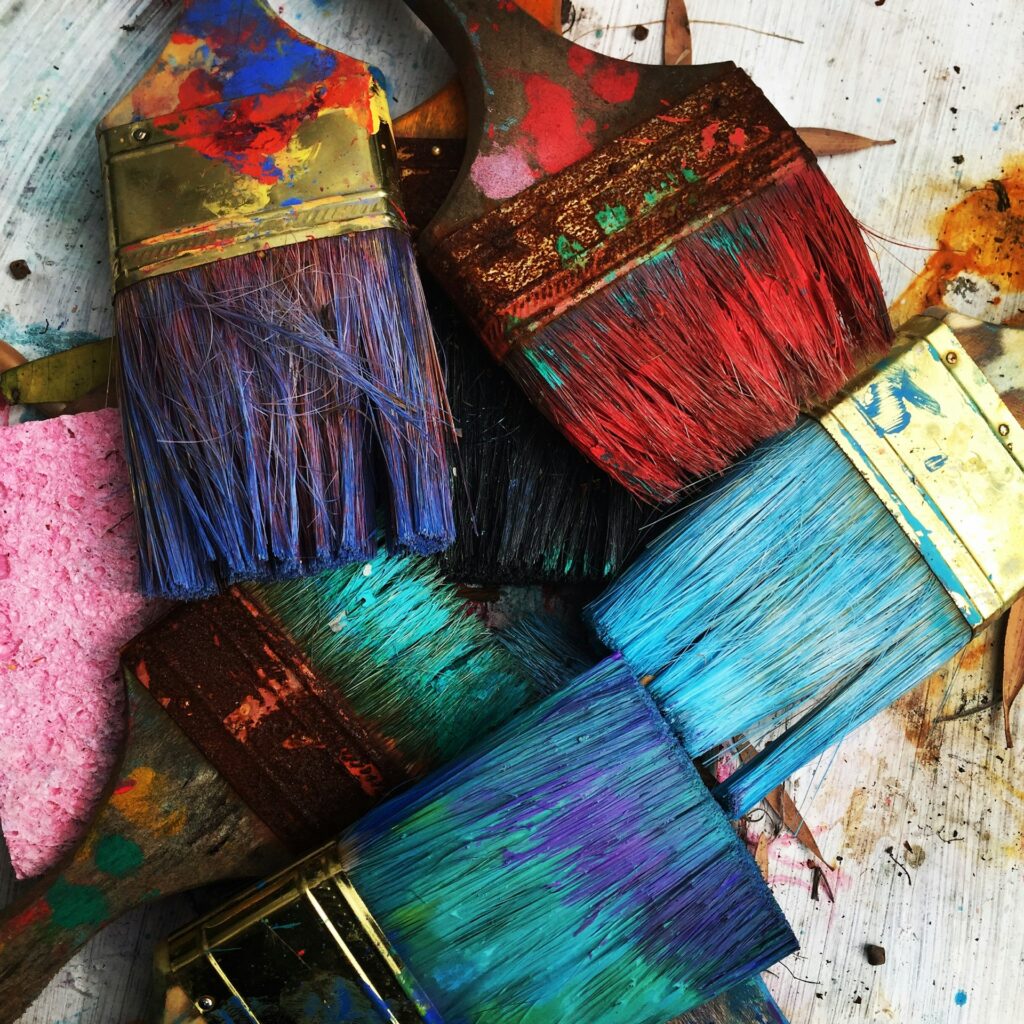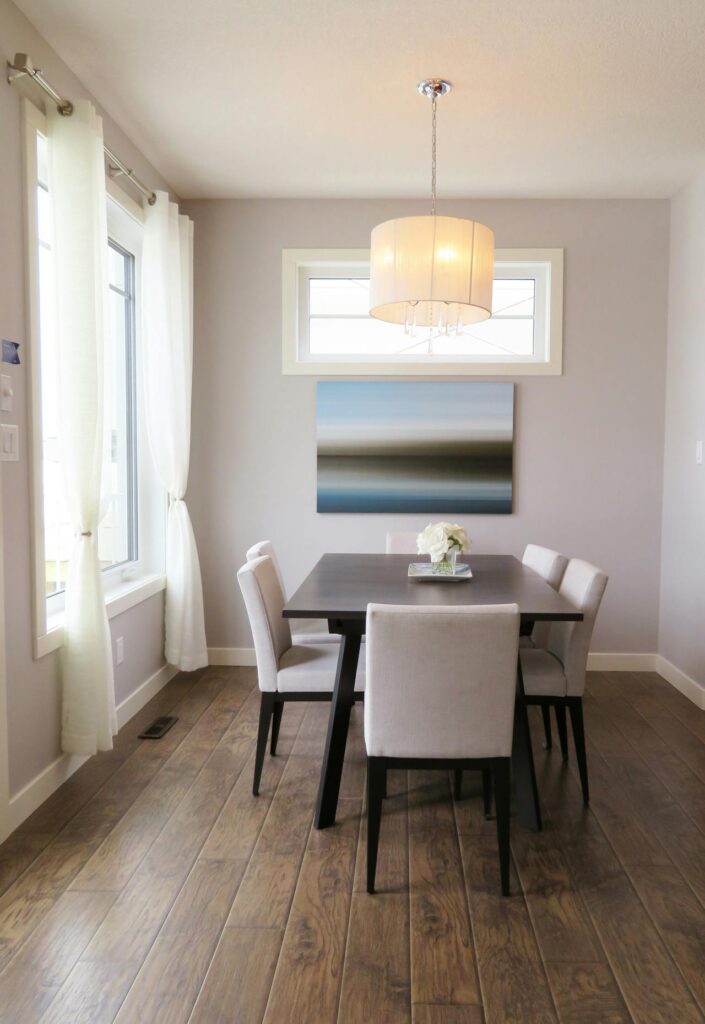We’ve all been there. You finish painting, step back to admire your work, and—what’s that? A smudge, a streak, or maybe a small patch where the paint’s a little too thin. Don’t worry, it happens to the best of us, even pros like me!
Hi, I’m Liam, the proud owner of Magic Decorating, and today I’m here to share some simple tips on how to fix those small paint mistakes without losing your cool (or redoing the whole wall).
1. Feathering is Your Friend
You’ve got a small patch that’s a bit lighter or darker than the rest. First thing’s first: don’t panic. The key here is something called feathering. Grab your brush, dip it lightly in paint (not too much!), and blend the edges of the spot into the surrounding area with soft, light strokes. Think of it like blending a smoothie—smooth, seamless, and no hard lines.
Pro Tip: Make sure your paint is well-mixed before you start, and always use the same type of brush or roller you used for the original job. Switching tools mid-project can leave noticeable texture differences.

2. The Dreaded Drip
Nothing ruins a paint job quite like a rogue drip that sneaks down the wall. If you spot it while the paint is still wet, congratulations, you’re in luck! Gently wipe it away with a damp cloth, and you’re back on track.
But if you missed it and it’s already dried? No sweat. Grab a fine-grit sandpaper (220 grit works best), and carefully sand the drip flat. Once it’s smooth, go over the area with a light coat of paint to blend it back into the wall.
3. Fixing Furry Walls
Ever painted a wall and noticed afterward that it looks like a cat rolled across it? Those tiny bumps are probably bits of lint from your roller or brush. It’s annoying, but it’s fixable!
Here’s what to do: once the paint is dry, gently sand the bumpy areas with fine-grit sandpaper. Afterward, wipe the wall with a clean, dry cloth to remove any dust. Then, touch up the spot with a thin layer of paint using a smooth, lint-free roller (seriously, invest in a good one). Your wall will look sleek in no time.

4. Patch the Patchy Areas
Sometimes you don’t realize that you’ve missed a spot until the paint’s dried and the wall looks a little… uneven. Don’t just go slapping more paint on it right away—that’s a rookie mistake.
Instead, let the paint fully dry (at least 4 hours, overnight if you can). Then, apply a second coat over the patchy area. Just make sure to blend it into the surrounding paint to avoid creating a thick, obvious layer. Use a light hand and smooth strokes.

5. Handling Pesky Brush Strokes
Brush strokes can sometimes sneak their way into your masterpiece, especially if the paint is too thick. The trick here is to sand down the streaky area once it’s fully dry, using—you guessed it—fine-grit sandpaper. Smooth things out, and then repaint the area using thinner coats.
Pro Tip: If you’re working with a brush, be mindful of your pressure. A light touch is all you need. Pressing too hard can leave streaks and uneven coverage. You’re painting a wall, not scrubbing a dish!
6. Dealing with Edges and Corners
One of the most common spots for mistakes is where the wall meets the ceiling or corners. It’s easy to go off track with the brush or roller and get a little too much (or not enough) paint in these tricky areas.
To fix those sloppy edges, grab a small artist’s brush for precision work. You can use it to gently cover up any spots you missed or to clean up any over-painting that snuck onto the ceiling or trim. And if the mistake is too obvious to ignore, you may want to tape off the area again for a sharper, cleaner line.
7. The Power of Patience
Let’s be honest, a lot of touch-up problems happen because we’re rushing. You’re excited to finish, I get it! But taking your time to let each coat dry fully before assessing for touch-ups is the ultimate pro move. If you touch up too soon, you’re going to make a mess (trust me, I’ve been there). So give your paint the time it needs to dry properly before going in for corrections.
Final Thoughts
The truth is, even the most experienced painters run into little hiccups here and there. The trick is knowing how to fix them without breaking a sweat. With these tips in your toolbox, those small paint mistakes won’t stand a chance against your fresh new walls.
So, the next time you’re staring at a smudge or a drip, remember: you’ve got this. A little patience, a steady hand, and a few pro techniques are all you need to get your walls looking perfect again.
And hey, if you ever need a hand or just want it done right from the start, you know who to call—Liam at Magic Decorating. Happy painting!
